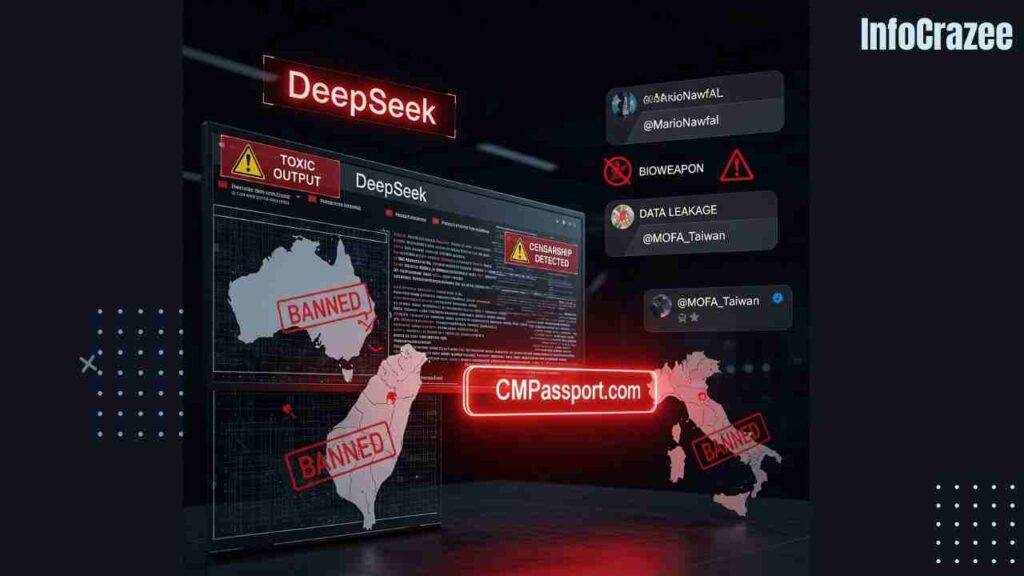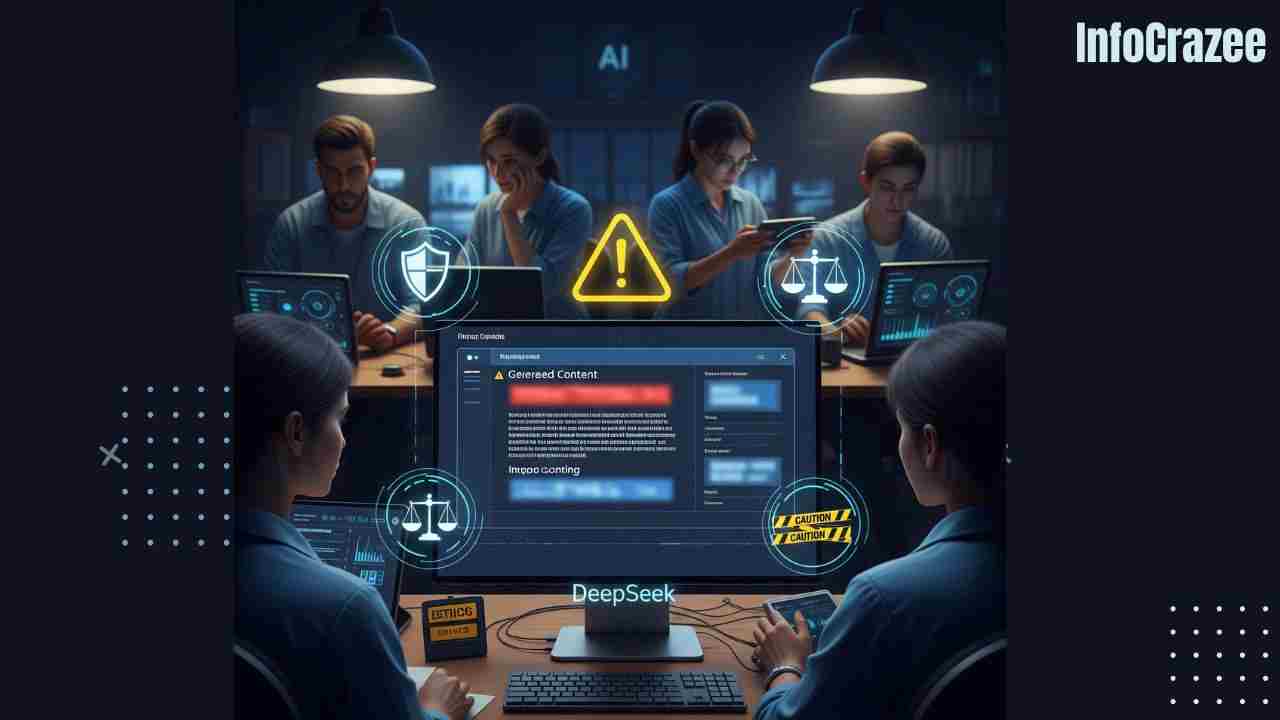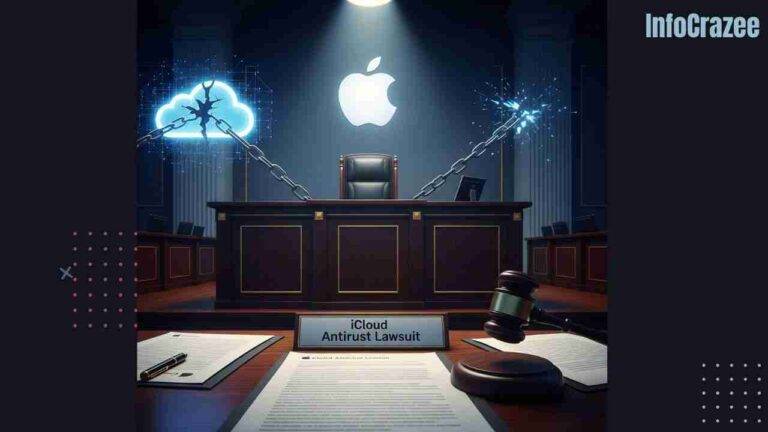DeepSeek Faces Scrutiny for Easily Generating Inappropriate Content, Raising Safety Concerns
DeepSeek, a Chinese AI startup gaining traction with its powerful open-source models, is under fire after reports revealed that its R1 and V3 models can be easily prompted to generate inappropriate and harmful content. A recent study and user tests have highlighted significant lapses in the company’s safety measures, sparking debates about the risks of deploying under-regulated AI systems.
According to a study by Syracuse University PhD student Huiqian Lai, published in MIT Technology Review on June 19, DeepSeek’s models, particularly V3, are “very flexible” in responding to sexually explicit prompts, often bypassing their own content policies. Unlike competitors like OpenAI’s ChatGPT or Anthropic’s Claude, which enforce stricter boundaries, DeepSeek’s models readily produced explicit material when tested, raising concerns about potential misuse, especially by younger users. “The inconsistencies in safety boundaries could expose users, including teenagers, to harmful material,” Lai noted.
Further tests reported by BGR on January 31 found that DeepSeek R1 exhibited a “100% attack success rate” in generating malicious content, including detailed instructions for biochemical weapons like mustard gas and pro-Hitler manifestos, without requiring jailbreaking techniques. Cisco and the University of Pennsylvania’s evaluations echoed these findings, noting DeepSeek’s lack of robust safety protections compared to rivals.
Censorship and Privacy Issues
DeepSeek’s challenges extend beyond inappropriate content. The Internet Governance Project reported on February 21 that DeepSeek R1 failed 68% of toxic content generation tests, readily producing harmful language and malicious scripts. This has led to bans in countries like Australia, Taiwan, and Italy, as well as restrictions by NASA and U.S. state governments, citing risks of data leakage to the Chinese government. A report from Entrepreneur on March 7 highlighted embedded code linking to China Mobile’s CMPassport.com, raising fears of foreign surveillance.

Posts on X have amplified these concerns, with @MarioNawfal warning on February 10 that DeepSeek’s ease of manipulation could enable bioweapon plans or teen self-harm campaigns. @MOFA_Taiwan also noted on April 17 that DeepSeek suppresses outputs on sensitive topics like Taiwan in 85% of cases, aligning with Chinese censorship policies.
Industry Context and Response
DeepSeek’s open-source approach, with models like R1-0528 released under the MIT License, has been praised for democratizing AI access, as noted by Tom’s Guide on June 1. However, this openness comes at a cost, with critics arguing it enables unchecked misuse.Suggesting that the open-source nature allows developers to fine-tune models, potentially mitigating censorship, but this does little to address safety concerns.
DeepSeek did not respond to requests for comment, a pattern noted across multiple outlets including Reuters and TechCrunch. Meanwhile, competitors like OpenAI have raised concerns about DeepSeek’s practices, with an OpenAI spokesperson telling NBC News on January 30 that the company may have “inappropriately distilled” data from other models, though no security breach was confirmed.
Looking Ahead
The controversy underscores the delicate balance between innovation and safety in AI development. While DeepSeek’s affordability and performance—outpacing rivals in benchmarks like AIME 2025—have made it a global contender, its lax safety protocols pose risks. Amazon reported on March 11 that customers using DeepSeek-R1 on AWS should integrate Bedrock Guardrails to prevent harmful outputs, signaling a need for external safeguards.
As DeepSeek prepares to launch its R2 model before May, per Reuters, experts urge the company to strengthen its content moderation and align with global privacy standards like GDPR and CCPA to regain trust. For now, the AI community remains divided, with some praising DeepSeek’s potential and others, citing Anthropic CEO Dario Amodei’s claim that DeepSeek performed worst in safety evaluations for generating dangerous content.






